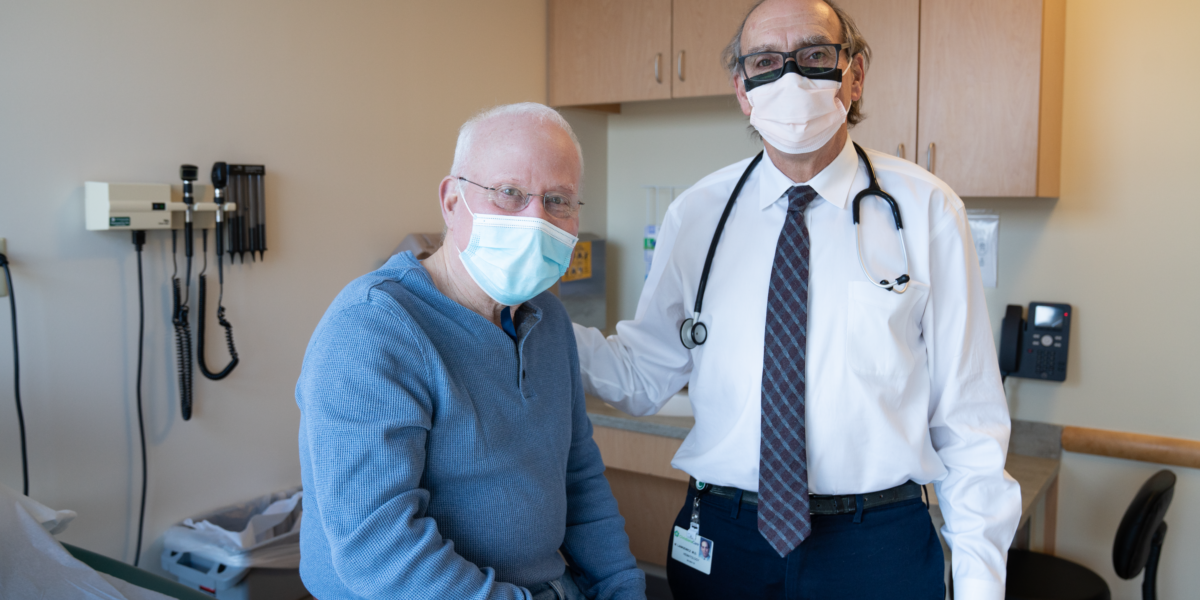Login
FAQs and Documents
Knee Replacement FAQs and Documents
Answers to the most common questions about knee replacement surgery.
Frequently Asked Questions About Knee Replacement
In the knee joint, there is a layer of smooth cartilage on the lower end of the femur (thighbone), the upper end of the tibia (shinbone) and the undersurface of the kneecap (patella). This cartilage serves as a cushion and allows for smooth motion of the knee. Arthritis is a wearing away of this smooth cartilage. Eventually it wears down to bone. Rubbing of bone against bone causes pain, swelling and stiffness.
A total knee replacement is really a cartilage replacement with an artificial surface. The knee itself is not replaced, as is commonly thought, but rather an artificial substitute for the cartilage is inserted on the end of the bones. This is typically done with a metal alloy on the femur and plastic spacer on the tibia and kneecap (patella). This creates a new, smooth cushion and a functioning joint that does not hurt.
Most surgeries go well, without any complications. Infection and blood clots are two serious complications that concern us the most. To avoid these complications, we use antibiotics and blood thinners. We also take special precautions in the operating room to reduce risk of infections, such as wearing “space suits,” which are full-head and -body operating garments that are exceptionaly sterile. The chances of acquiring an infection or developing a blood clot are 1 percent or less.
Yes. You will start with a walker until your muscle strength returns after surgery. Your outpatient physical therapist will advance you to a cane when appropriate. Your equipment needs will be determined by the physical therapist and ordered for you by the Center for Advanced Joint Replacement care coordinator and delivered to you before you leave the hospital.
Other equipment is available, such as a three-in-one bedside commode. A tub bench and grab bars in the tub or shower may also be necessary. Your home equipment needs will be evaluated and arranged while you are in the hospital. If needed, you will also be taught by an occupational therapist to use adaptive equipment to help you with lower-body dressing and bathing.
Yes. In the first several days or weeks after surgery, depending on your progress, you will need someone to assist you with meal preparation, housekeeping, etc. Family members or friends must be available to help. Preparing ahead of time, before your surgery, can minimize the amount of help required. Having the laundry done, house cleaned, yard work completed, clean linens put on the bed, and single-portion frozen meals will reduce the need for extra help.
Yes. Physical therapy will continue after you go home with a therapist in your home or at an outpatient physical therapy facility. The length of time required for this type of therapy varies with each patient. We will help you with these arrangements before you go home.
The ability to drive depends on whether surgery was on your right leg or your left leg and the type of car you have. If the surgery was on your left leg and you have an automatic transmission, you could be ready to drive within two weeks. If the surgery was on your right leg, your driving might be restricted as long as six weeks.
You are encouraged to participate in low-impact activities such as walking, dancing, golfing, hiking, swimming, bowling and gardening. High-impact activities such as contact sports, running, singles tennis and basketball are not recommended. Injury-prone sports such as downhill skiing are also dangerous for your new joint.
Yes. You may have a small area of numbness to the outside of the scar, which may last a year or more and is not serious. Kneeling may be uncomfortable for a year or more. Some patients notice some clicking when they move their knee. This is the result of the artificial surfaces coming together and is not serious. Depending on the amount of stiffness you have before surgery, you may not regain full flexion (bending) or extension (straightening) of the knee.
Contact Us
To find a surgeon near you, call 800-693-2273.

